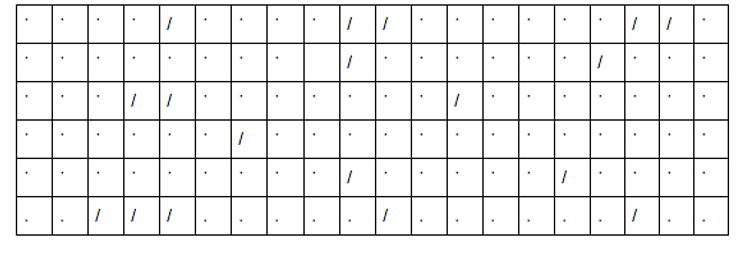What is Speech Intelligibility?
- Kjirsten Keetch

- Aug 4, 2020
- 2 min read
Updated: Aug 8, 2020

If you’ve taken your child to a Speech-Language Pathologist for an assessment, they’ve most likely given you a measure of his intelligibility. What does this mean? Very simply, intelligibility is how much of your child’s speech is understandable.
Intelligibility obviously differs from listener to listener. We’ve all seen moms or older siblings act as interpreters for younger children and been in awe as to how they managed to get anything coherent from their sentences.
Did you know that measuring intelligibility is actually really easy? I’ll show you how! Then you can compare to your child’s age to see if he is roughly where he should be.
To start, make a grid of 100 boxes. Then, listen to your child talk. To elicit speech, you want to avoid yes/ no questions. Go with something that your child can go on about for a while. Or just record yourself playing and then go back and track it afterward.
For every word that you understand, put a dot. For every word that you don’t know, put an X or slash. Then at the end, count the dots and total words and follow the formula. (If math is not your thing, just stop right at 100 words and count the dots. That number is your intelligibility). See the example below.
(# words understood understood/ # words total) x 100

Slashes= 18
Dots= 102
Total=120
(102/120) x 100 = 85
Intelligibility= 85%
So how intelligible should your child be? See the charts below. Take note that one chart is intelligibility according to a familiar listener, and one is according to an unfamiliar listener.


If your child is below these levels, seek the help of a Speech-Language Pathologist or reach out to me!
Source:
Lynch, Brookshire & Fox (1980), p. 102, cited in Bowen (1998).
-01.png)